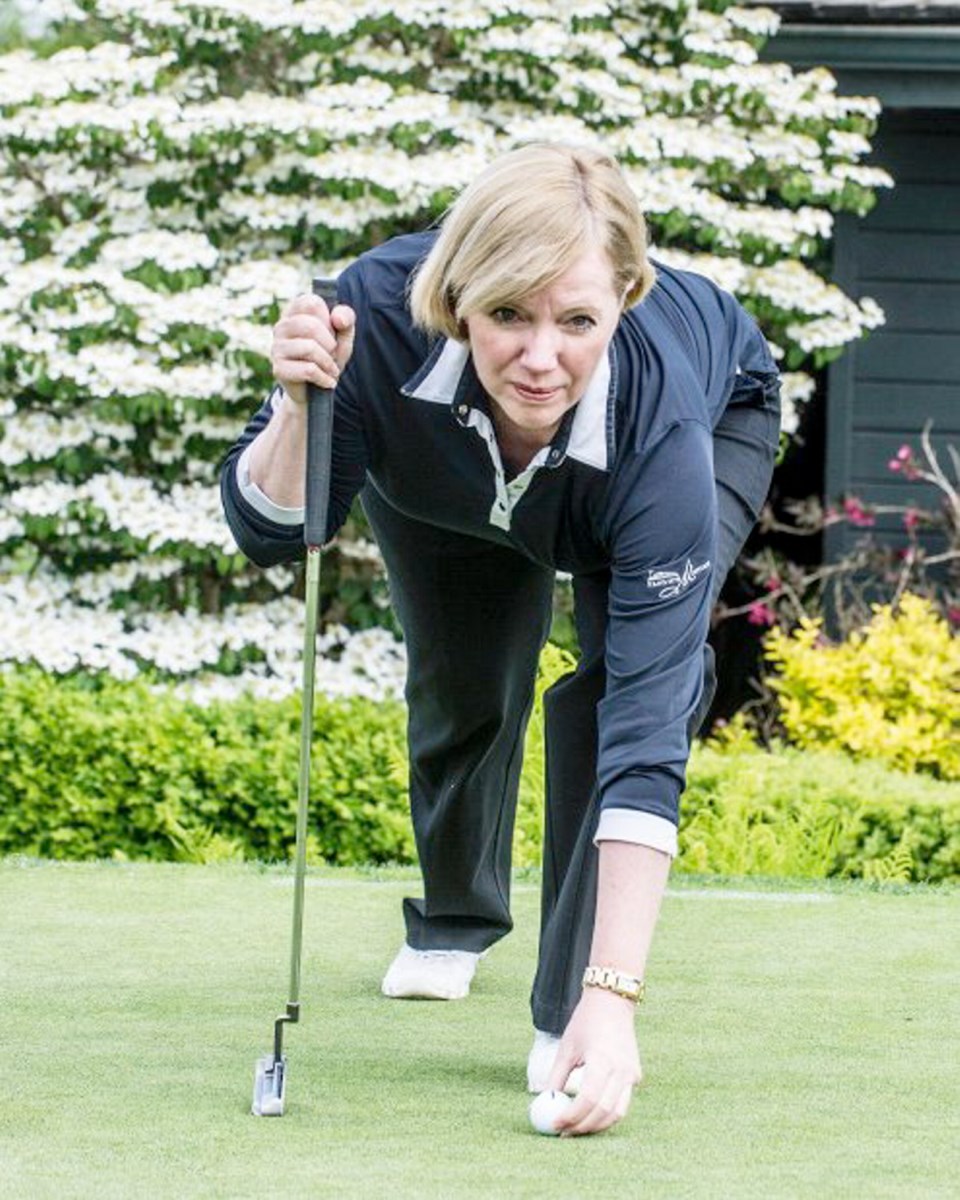After 16 years of running a virtual club called Golf for Gals that allowed women to golf at different courses every week, the lack of interest was as disheartening as a triple bogey for organizer Diane Fru, and this year she called it quits.
“A decline in golfers, a decline in members,” she said for the reason that she folded the club.
At its height in 2008 and 2009, Golf for Gals had 200 members, but dropped to 145.
“And every year we lost as many members as we gained,” said Fru, who said she couldn’t afford to pay the $30,000 minimum to update the website central to the club’s online booking feature. “I don’t think our club is any different from any other club out there.
“And for women particularly, it’s still about cost and time,” said Fru. “Trying to fit golf in with all the other responsibilities with their work and family is hard.”
Golf is one of Canada’s most popular sports, but its decline is well-documented in study after study here and in the U.S. But the drop has also opened up opportunities for courses to reach out to less traditional golfers, such as millennials, women and new immigrants.
The 2008 economic downturn hit hard and the industry is now overbuilt and oversupplied with merchandise, experts say, and facing alarming demographic shifts.
In B.C. alone, some of the struggling courses include Westwood Plateau in Coquitlam, which changed hands in March; indebted Sandpiper in Harrison Mills, now under a court-ordered restructuring; Sagebrush in Merritt, which is searching for new owners after it lost $125,000 a month; and Tobiano in Kamloops, once in receivership but which relaunched this spring under new owners.
The game is still lucrative. Canada’s 5.7 million golfers in 2013 spent $20 billion on golf, including merchandise, clothing and travel, according to the National Allied Golf Associations (NAGA).
But the 2012 Canadian Golf Consumer Behaviour Study found the number of people entering the game equalled those leaving, a majority of rounds were played by one-quarter of the golfers and the game is male-dominated, 70 per cent.
It found golf was popular still among those with higher incomes, especially executives, professionals, management, sales staff, tradespeople and the retired, and that the “current game reflects very little ethnic diversity.”
In B.C. in 2013, 10 per cent of the population played golf, compared with the 20 per cent who played in 2002, then the highest rate in Canada, according to a B.C. Golf report. And participation is projected to drop to eight per cent in B.C. by 2020.
“Over the past few years, participation has been dropping across the board,” said Kris Jonasson of B.C. Golf, which is focusing on marketing to millennials and is holding workshops for new women golfers.
It determined since 2008 that the number of women playing golf in Canada dropped 25 per cent, while male players were down 2.5 per cent, what the author called “astounding findings.”
Courses for years have offered nine-and-dine evening leagues to attract women, and Golf for Gals even had Six (Holes) after Six (O’Clock).
In the latest bid to high handicappers, Redwoods in Langley last year experimented with holes twice the standard size on Tuesday nights (which it won’t repeat this year because it failed to attract new golfers) and this year is offering “tailgate Tuesdays” for younger golfers.
And five B.C. golf courses offer the links at certain times for “foot golf,” played with soccer balls and 21-inch holes, and in the U.S. multi-level driving ranges called TopGolf use balls embedded with chips for scoring games.
Gayle Moss, who blogs at golfgalblog.com, says she would like to see more flexibility and incentives: Loyalty programs, a card offering unlimited golf during off-hours for a set price (offered at a Maui course), the chance to play as many or as few holes at a time as a player chooses, more than eight minutes between tee times, daycare or lessons for kids for playing parents as they offer at ski resorts and a relaxing of golf’s starchy reputation.
“You’re not going to attract young people if they aren’t allowed to wear their Canucks jersey,” she said.
She said the changes “will upset a few of the dinosaurs out there,” but “I like to see people having fun.”
The NAGA study recommended growing the game by delivering more value to more golfers.
Fru, Moss and Jonasson agree there’s no easy fix to the problem that golf is costly in time andmoney.
But Northview head pro Chris Hoy said participation at the public Surrey course has “recovered very well since the 2008 downturn” and offers a mid-week discount before noon for women.
“It’s about value for money,” he said.



